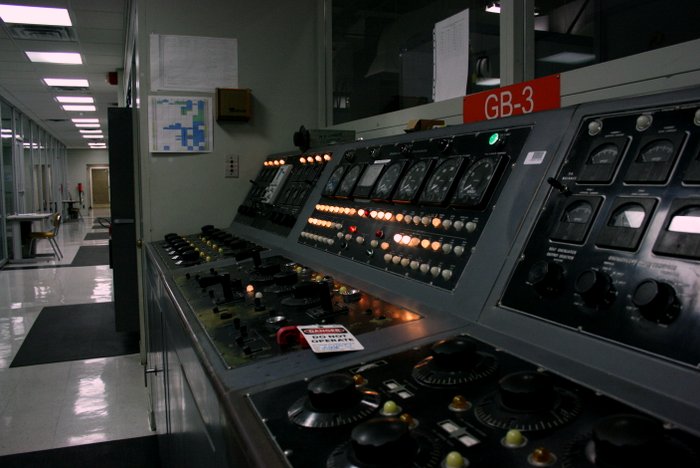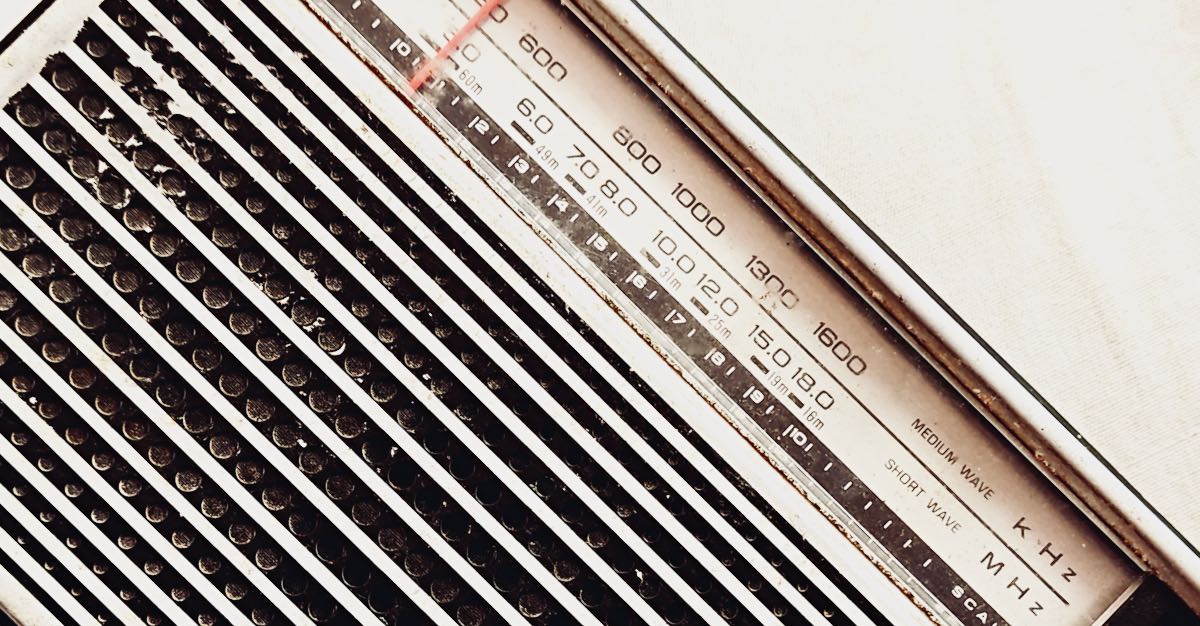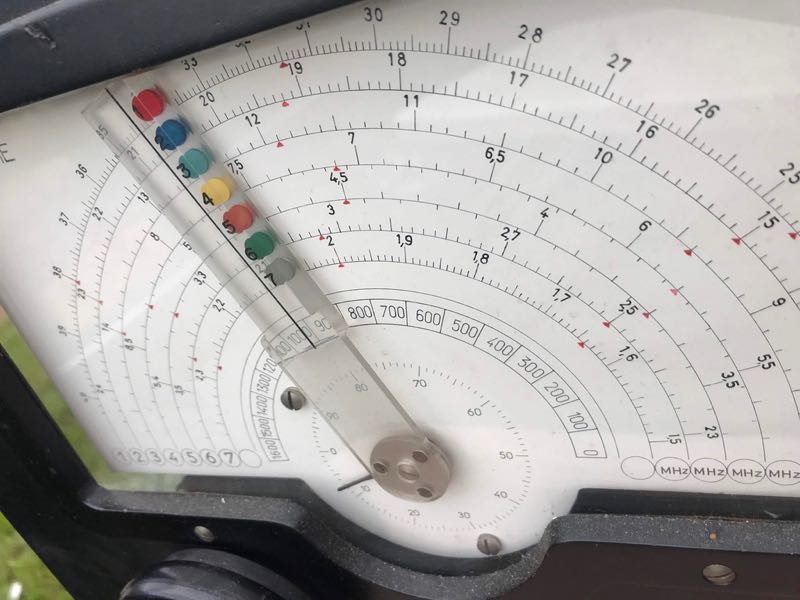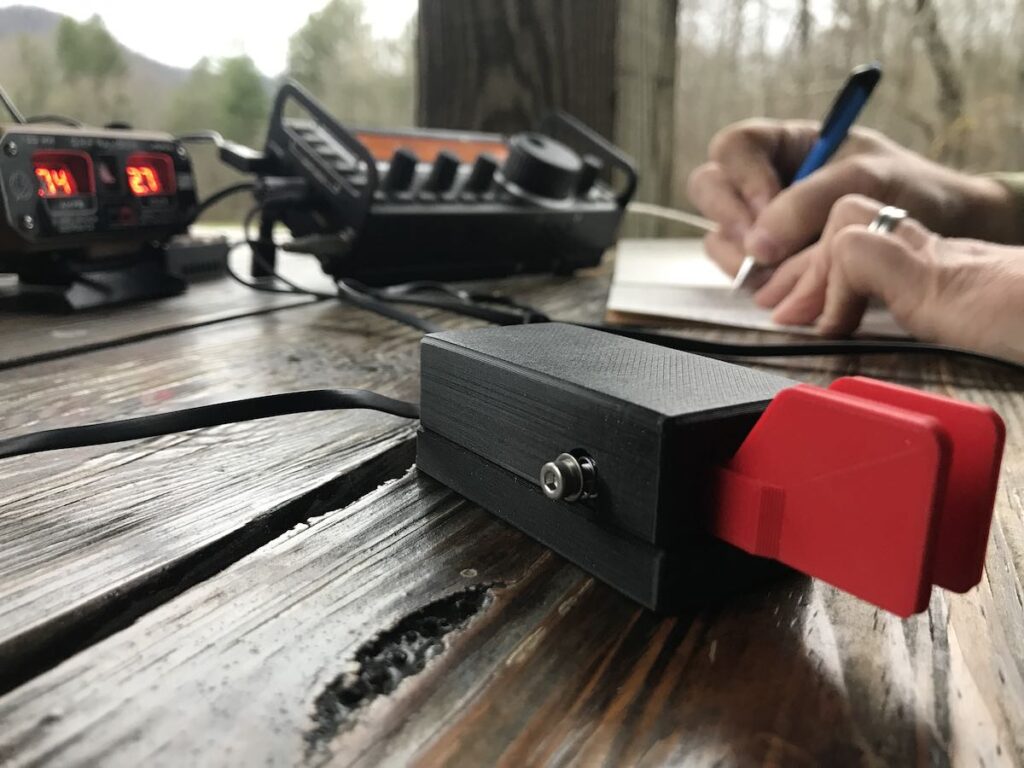Radio Waves: Stories Making Waves in the World of Radio
Welcome to the SWLing Post’s Radio Waves, a collection of links to interesting stories making waves in the world of radio. Enjoy!
Many thanks to SWLing Post contributors Dennis Dura, Rich Cuff, and Dan Robinson for the following tips:
Ag Coalition Speaks Up for AM Radio Bill (Radio World)
Access to radio becomes even more important for America’s producers in times of emergency.
Producers of milk, wheat, cotton, sugar, corn, rice and many other farm and ranch products in the United States are speaking up in support of the federal legislation that would require AM radio in new vehicles.
Twenty-five agricultural groups have sent a letter to Capitol Hill endorsing the AM Radio for Every Vehicle Act. (Read the letter.)
The National Association of Broadcasters highlighted the letter. It said the bill has 196 cosponsors in the House and 44 in the Senate.
“Our members rely on AM radio and the vital services it provides daily,” they wrote.
“AM radio is a source of weather, commodity and national farm policy updates for our members. Access to radio becomes even more important for America’s producers in times of emergency.” [Continue reading…]
AM/FM In-Car Listening Surges to Pre-Pandemic Norms (Radio World)
Edison Research releases its latest “Share of Ear” data
Pierre Bouvard is chief insights officer for Cumulus Media and Westwood One. This story originally appeared on his blog.
Edison Research’s quarterly “Share of Ear” study is the authoritative examination of time spent with audio in America. Edison Research surveys 4,000 Americans annually to measure daily reach and time spent for all forms of audio.
Since “Share of Ear” has been running continuously since 2015, it affords an opportunity to examine an eight-year view of American audio usage. Here are the major trends:
- The proportion of in-car AM/FM radio listening has surged from the prior year to pre-pandemic norms
- For all ad-supported audio, the proportion of at-home listening remains elevated
- Spoken word is on the rise: All forms of non-music content (News, Personalities/Talk, and Sports) increased strongly during the pandemic; Since then, spoken word growth has accelerated
- Podcast shares are up +575% since 2016
- Pandora/Spotify ad-supported music streaming shares are down -31% over the same period
- AM/FM radio streaming’s audience share is now greater than Pandora/Spotify combined
- At a 69% share overall and a massive 85% in-car share, AM/FM radio remains the dominant ad-supported audio platform. [Continue reading…]
Still making waves after 100 years (Mail and Guardian)
South Africa first came into my life as a young boy in Canada for two reasons.
One, I had an uncle who worked for a shipping company. Among other things, the company imported goods from and exported goods to South Africa.
A ship carrying South African tinned pineapple, bound for Montreal, sank in the St Lawrence River in the 1960s. My uncle was involved in the salvage operation, and, as a consequence, my family and many other relatives ate tinned pineapple from South Africa for the next few years — we grew to hate it.
The second reason was radio. My grandfather gave me a shortwave radio when I was about eight years old. One of the distant radio stations that blasted into my bedroom, loud and clear, was Radio RSA (now Channel Africa), the voice of the South African government of the day.
I listened to Radio RSA, as I listened to any shortwave station I could pick up, because it was exotic.
The easiest stations to pick up in those days were from the big broadcasting countries — the BBC, Radio France Internationale, the Voice of America, Radio Moscow and Radio Havana Cuba, to name but a few. Even Albania had a strong-signal broadcaster — Radio Tirana. [Continue reading…]
VOA faces internal backlash over newsroom guidance on use of generative AI to voice news reports (FedScoop)
Journalists at VOA have pushed back on newsroom leadership’s AI policy regarding “synthetic voices,” documents obtained by FedScoop show.
Dozens of journalists and staff at Voice of America are strongly opposed to the state-owned news organization’s plan to use AI-generated synthetic voices, documents obtained by FedScoop show, with employees expressing concerns that the tool could breed mistrust with its audience, cause misinformation to spread and potentially eliminate jobs within the newsroom.
VOA, which has a weekly worldwide audience of approximately 326 million, is the largest and oldest of U.S. government-funded news networks and international broadcasters.
The news organization released internal guidance on the use of artificial intelligence in November, following months of discussions with journalists and labor representatives that stirred up backlash and controversy within the news organization.
FedScoop obtained the new AI guidance as well as a letter of opposition — signed by dozens of journalists within the news organization — that was sent to VOA leadership in October and has not been made public until now.
“We are deeply concerned that a portion of the Artificial Intelligence guidance that the agency is preparing to issue will do more harm than good,” the signed letter said. “Specifically, we object to language that would allow Artificial Intelligence to be used ‘for voicing scripts.’” [Continue reading…]
Do you enjoy the SWLing Post?
Please consider supporting us via Patreon or our Coffee Fund!
Your support makes articles like this one possible. Thank you!







